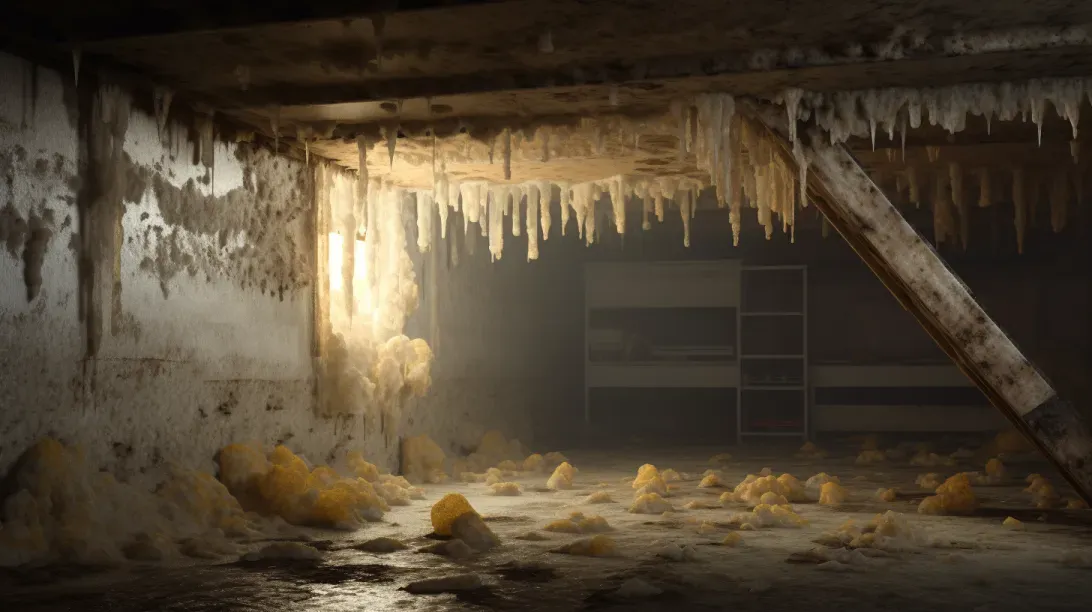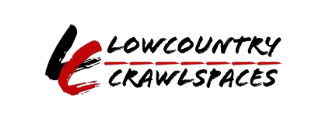Insurance Coverage for Mold Issues
Welcome to our comprehensive guide where we delve into mold, a common yet often underestimated issue in households. Mold, a type of fungus that thrives in damp environments, can be found in various areas of a home, from the bathroom to the basement, and even in the seemingly innocuous corners of a living room. While it plays a crucial role in the ecosystem by breaking down organic matter, its presence inside our homes can lead to a host of problems, ranging from health concerns to structural damage.
Mold: A Ubiquitous Household Challenge
Mold growth in homes is not just a cosmetic concern but a health and safety issue. It can cause allergic reactions, respiratory problems, and exacerbate existing health conditions. Additionally, mold can damage building materials, leading to costly repairs.
The Critical Role of Insurance:
- Understanding your home insurance policy's stance on mold damage is vital. Many homeowners are unaware of what their insurance covers regarding mold-related damages, leading to surprises when they need to file a claim.
- Mold damage claims can be complex and often depend on the source of the moisture that caused the mold. Policies may cover mold damage if it's a result of a covered peril, like a sudden plumbing leak, but may not cover it if due to neglected home maintenance.
Why Knowledge is Power:
- Being informed about your insurance coverage for mold-related damages is crucial. It helps you understand your responsibilities as a homeowner and guides you in taking appropriate actions to prevent mold growth.
- In cases where mold damage is covered, knowing the extent of your coverage and the claim process can ease the financial burden of remediation and repairs.
Join us as we explore the intricacies of mold as a household issue, its implications, and the critical aspect of insurance coverage for mold-related damages. Our goal is to provide you with the knowledge and tools to effectively manage mold issues and navigate the complexities of insurance claims related to mold damage.
Basics of Homeowners Insurance and Mold Coverage
Understanding the intricacies of homeowners insurance, especially regarding mold coverage, is crucial for homeowners. This knowledge not only helps in making informed decisions about insurance purchases but also in managing and mitigating potential mold-related damages effectively.
What Does Standard Homeowners Insurance Cover?
Homeowners insurance is designed to protect homeowners from financial losses due to unexpected events or disasters. Here’s a general overview of what is typically covered under standard policies:
Typical Coverage Areas:
- Structural Damage: This includes damage to the physical structure of the home due to perils like fire, storms, and certain types of water damage.
- Personal Property: Homeowners insurance often covers loss or damage to personal belongings inside the home, such as furniture, electronics, and clothing.
- Liability Protection: This covers legal expenses if someone is injured on your property and you are found legally responsible.
- Additional Living Expenses: If your home is uninhabitable due to a covered peril, this coverage helps pay for temporary living expenses.
Mold Coverage: The Usual Terms and Limitations
When it comes to mold damage, the coverage under standard homeowners insurance policies can be complex and often comes with specific terms and limitations.
Mold Coverage in Standard Policies:
- Covered Perils: Mold damage is typically covered if it results from a “covered peril.” For example, if mold growth results from a water leak caused by a burst pipe (a covered peril), the policy may cover mold remediation.
- Exclusions: Mold damage due to ongoing issues like continuous humidity or unresolved leaks (considered maintenance issues) is usually not covered.
- Coverage Limits: Even when mold damage is covered, there are often limits to the coverage amount. Some policies have a mold cap, a limit on the amount the insurer will pay for mold-related claims.
Understanding the Fine Print:
- It’s essential to read and understand the specifics of your homeowners insurance policy regarding mold. Policies can vary significantly between different insurers and locations.
- In some cases, homeowners may need to purchase additional mold coverage or a separate policy, especially if they live in high-humidity areas or have had mold issues in the past.
Knowing the details of your homeowners insurance coverage for mold is vital in ensuring that you are adequately protected against potential mold-related financial losses. Homeowners should review their policies carefully and consult with their insurance agents to understand the extent of their coverage and any additional coverage options available.
Understanding Mold Claims
Navigating the complexities of mold claims in homeowners insurance can be challenging. Understanding when mold damage is covered and familiarizing yourself with common policy exclusions and limitations are key steps in effectively managing these claims.
When Does Insurance Cover Mold Damage?
Insurance coverage for mold damage often depends on the source of the mold and the specific circumstances under which it developed. Here are scenarios where mold damage is more likely to be covered:
Covered Peril-Related Mold Damage:
- Water Damage from a Burst Pipe: If mold results from a sudden and accidental incident like a burst pipe, it is often covered.
- Storm-Related Water Intrusion: Mold damage due to water intrusion from a covered storm event may also be covered.
- Fire Extinguishing Damage: Mold that grows as a result of water used to extinguish a fire (a covered peril) is typically included in coverage.
Documenting the Damage:
Prompt and thorough documentation of the damage and its source is crucial in filing a successful mold claim.
Common Exclusions and Limitations
While some scenarios of mold damage are covered, homeowners policies often have exclusions and limitations regarding mold.
Typical Policy Exclusions:
- Neglect or Lack of Maintenance: Mold that grows over time due to unresolved leaks, continuous high humidity, or lack of proper maintenance is usually not covered.
- Flood-Related Mold: Mold resulting from flooding is often excluded, as standard homeowners policies typically do not cover flood damage.
- Pre-Existing Mold Issues: Mold that was present before the insurance policy was purchased is generally not covered.
Coverage Limitations:
- Mold Caps: Many insurance policies have a mold cap, which is a limit on the amount the insurer will pay for mold-related claims.
- Increased Premiums: Filing a mold claim can sometimes lead to increased insurance premiums.
Additional Mold Coverage:
In areas prone to mold or for homes with a history of mold issues, homeowners may consider purchasing additional mold coverage or a separate policy for more comprehensive protection.
Understanding the intricacies of mold claims, including when mold damage is likely to be covered and the common exclusions and limitations, is essential for homeowners. This knowledge enables them to make informed decisions about their insurance coverage and take proactive steps to prevent mold growth.
Filing a Mold Claim: A Step-by-Step Guide
Dealing with mold damage can be stressful, but understanding how to file a mold claim with your insurance company can make the process smoother. This guide provides a step-by-step approach to documenting mold damage and navigating the claims process.
Documenting Mold Damage
Proper documentation is crucial in filing a successful mold claim. Here are the best practices for documenting mold damage:
Take Detailed Photographs:
Capture clear, detailed photos of all areas affected by mold. Include wide shots to show the extent of the damage and close-ups to highlight the severity.
Record the Date and Time:
Note the date and time when the photos were taken to establish a timeline of the damage.
Keep a Written Record:
Document the progression of the mold issue, including when it was first noticed and how it has evolved.
Include notes on any related incidents, such as water damage from a burst pipe.
Save Repair and Cleaning Receipts:
Keep all receipts related to mold remediation, repairs, and any related expenses. These will be crucial for reimbursement.
Get a Professional Assessment:
If possible, have a professional mold assessment done. This report can provide an expert’s perspective on the damage and recommended remediation.
Navigating the Claims Process
Filing a mold claim involves several steps. Here’s how to navigate the process:
Contact Your Insurance Company:
As soon as you notice mold damage, contact your insurance company to report the issue. They will guide you on the next steps and how to file a claim.
Fill Out Claim Forms:
Complete any required claim forms provided by your insurance company. Be thorough and provide all requested information.
Provide Documentation:
Submit the photographs, written records, receipts, and any professional assessments you have collected. This documentation is key to supporting your claim.
Work with an Adjuster:
The insurance company will likely send an adjuster to inspect the damage. Be present during the inspection to discuss the mold issue and provide any additional information.
Review the Settlement Offer:
Once the adjuster has assessed the damage, the insurance company will make a settlement offer. Review this offer carefully to ensure it covers the necessary remediation and repairs.
Consider Professional Assistance:
If the claim process becomes complex or if you feel the settlement offer is insufficient, consider consulting with a public adjuster or an attorney specializing in insurance claims.
Filing a mold claim requires careful documentation and a clear understanding of the insurance process. By following these steps, homeowners can effectively manage their mold claims and seek fair compensation for mold-related damages.
Challenges in Mold Damage Claims
Navigating mold damage claims can be a complex and often challenging process for homeowners. Understanding these challenges and knowing how to effectively address them is crucial for a successful insurance claim.
Common Obstacles in Mold Claims
Homeowners filing mold claims often encounter several common obstacles that can complicate the claims process.
Policy Exclusions and Limitations:
Many insurance policies have specific exclusions or limitations for mold damage, particularly if the mold is due to ongoing maintenance issues or gradual leaks.
Proof of Damage and Cause:
Providing sufficient evidence to prove the extent of mold damage and its direct cause can be challenging. Insurers often require clear documentation and professional assessments.
Complexity of Mold Assessment:
Determining the true extent and cause of mold damage often requires expert evaluation, which can be costly and time-consuming.
Disagreement Over the Scope of Damage:
Homeowners and insurance adjusters may have differing opinions on the severity of the mold damage and the necessary remediation work, leading to disputes over the claim amount.
Tips for Overcoming Claim Denials
Dealing with denied claims or insufficient coverage requires a strategic approach to ensure fair treatment and adequate compensation.
Review Your Policy Thoroughly:
Understand the specifics of your insurance coverage. Review your policy to know exactly what is covered and what the limitations are.
Gather Comprehensive Documentation:
Collect detailed evidence of the mold damage and its causes. This includes photographs, professional mold assessments, and records of any related incidents (like water damage).
Get a Second Opinion:
If your claim is denied or undervalued, consider getting a second opinion from an independent mold assessment professional to challenge the insurer’s evaluation.'
Communicate Effectively with Your Insurer:
Maintain clear and persistent communication with your insurance company. Present your case logically and provide all necessary documentation to support your claim.
Consider Professional Assistance:
If you face significant challenges, consider hiring a public adjuster or an attorney who specializes in insurance claims. They can provide expertise and negotiate on your behalf.
Understand the Appeals Process:
Familiarize yourself with the insurance company’s appeals process. If your claim is denied, follow the proper channels to contest the decision.
Facing challenges in mold damage claims can be daunting, but with the right knowledge and approach, homeowners can navigate these obstacles effectively. Being prepared, understanding your policy, and seeking professional assistance when necessary are key strategies in overcoming challenges related to mold damage claims.
Additional Mold Insurance Coverage Options
For many homeowners, standard insurance policies may not provide sufficient coverage for mold-related damages. Understanding additional coverage options, such as mold riders and endorsements, can be crucial in ensuring comprehensive protection for your home.
Mold Riders and Endorsements
Mold riders and endorsements are additional coverage options that can be added to standard homeowners insurance policies to enhance mold damage protection.
What Are Mold Riders and Endorsements?
- Mold Riders: A mold rider is an add-on to your existing homeowners insurance policy that provides additional coverage specifically for mold-related claims.
- Endorsements: Similar to riders, endorsements modify your policy to include coverage for mold damages, which might not be covered under the standard policy terms.
Coverage Details:
- These additional options typically cover costs related to mold remediation, repairs due to mold damage, and sometimes even testing and inspection following a covered peril.
- The extent of coverage, including limits and deductibles, can vary significantly depending on the insurer and the specific policy.
Cost Considerations:
Adding a mold rider or endorsement to your policy will likely increase your premium. The cost can vary based on factors like the location of your home, its age, and your home’s history of mold issues.
Evaluating the Need for Additional Coverage
Deciding whether to add extra mold coverage to your insurance policy depends on several factors specific to your home and circumstances.
Assessing Your Risk:
- Climate and Location: Homes in humid climates or flood-prone areas may have a higher risk of mold, making additional coverage more important.
- Home Condition: Older homes or homes with a history of water damage and mold issues may benefit from extra coverage.
Financial Considerations: Consider whether you would be able to handle the costs of extensive mold remediation without additional insurance coverage.
Reviewing Your Current Policy:
- Carefully review your existing policy to understand what is currently covered in terms of mold damage.
- Consult with your insurance agent to clarify any uncertainties and explore the options and costs of additional mold coverage.
Making an Informed Decision:
Weigh the potential costs of additional premiums against the financial risk of mold damage.
Consider consulting with a home inspector or mold specialist to assess your home’s vulnerability to mold.
Understanding and evaluating the need for additional mold insurance coverage is a key step in protecting your home and financial well-being. By considering your home’s specific risks and reviewing your current insurance policy, you can make an informed decision about adding mold riders or endorsements.
FAQs
Contact Lowcountry Crawlspaces Today!
Lowcountry Crawlspaces will do everything we can to ensure your experience with us is excellent.
Request A FREE Estimate
CHECKOUT RECENT POST
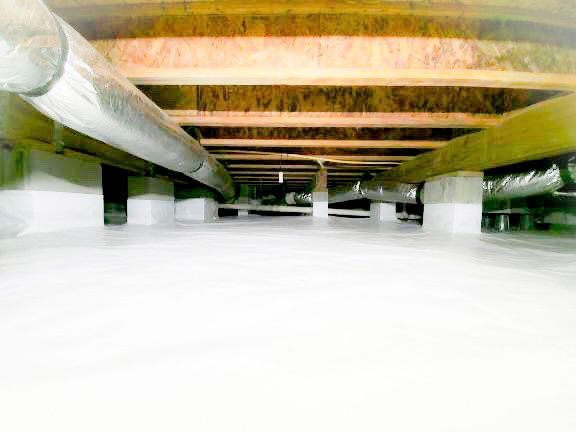
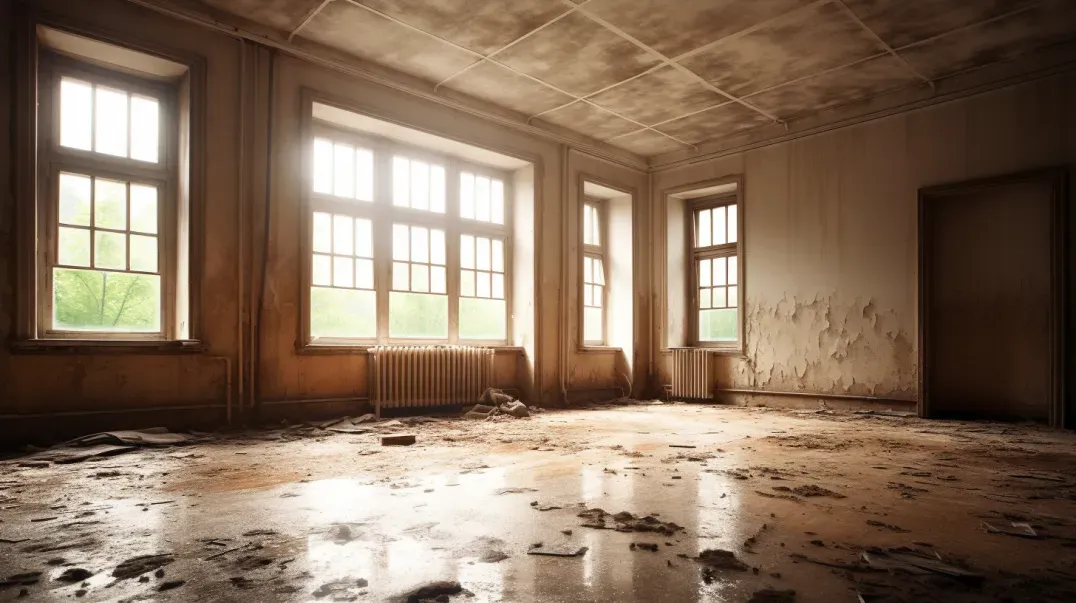
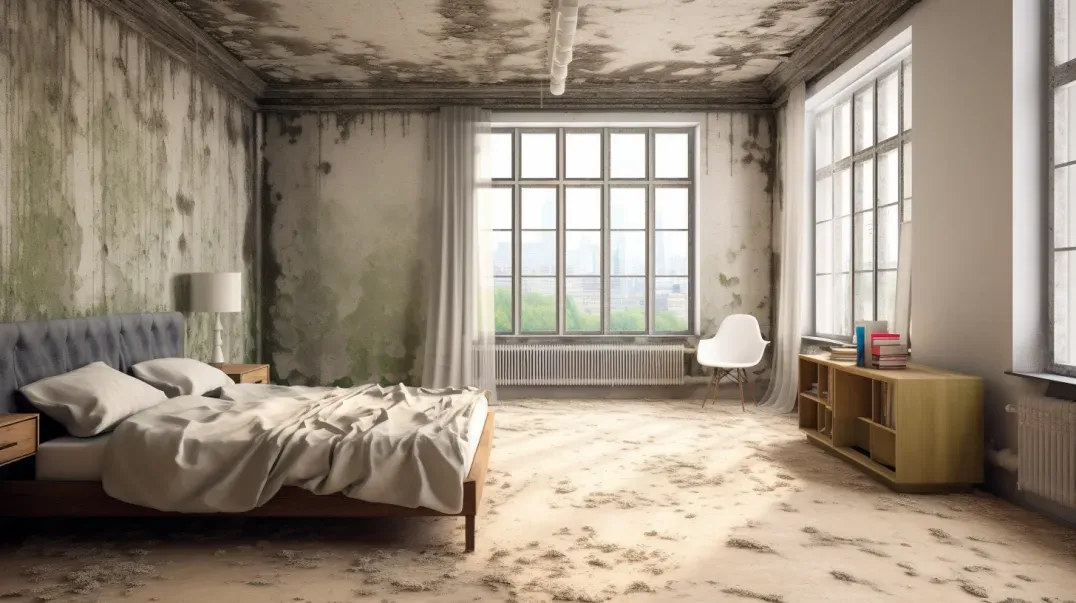
Schedule Your FREE Crawl Space Evaluation Today
There Is No Crawl Space Job We Can’t Fix!



